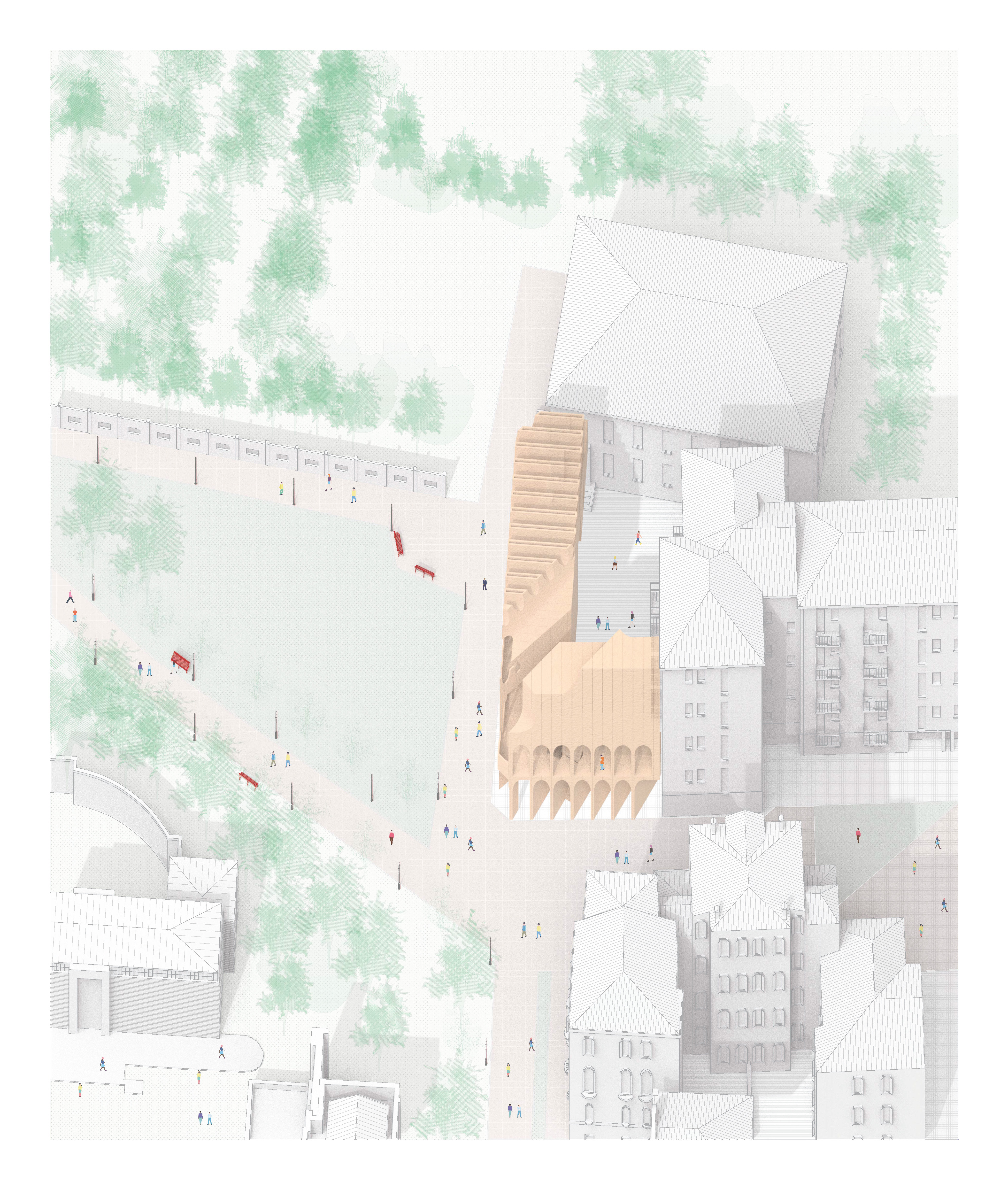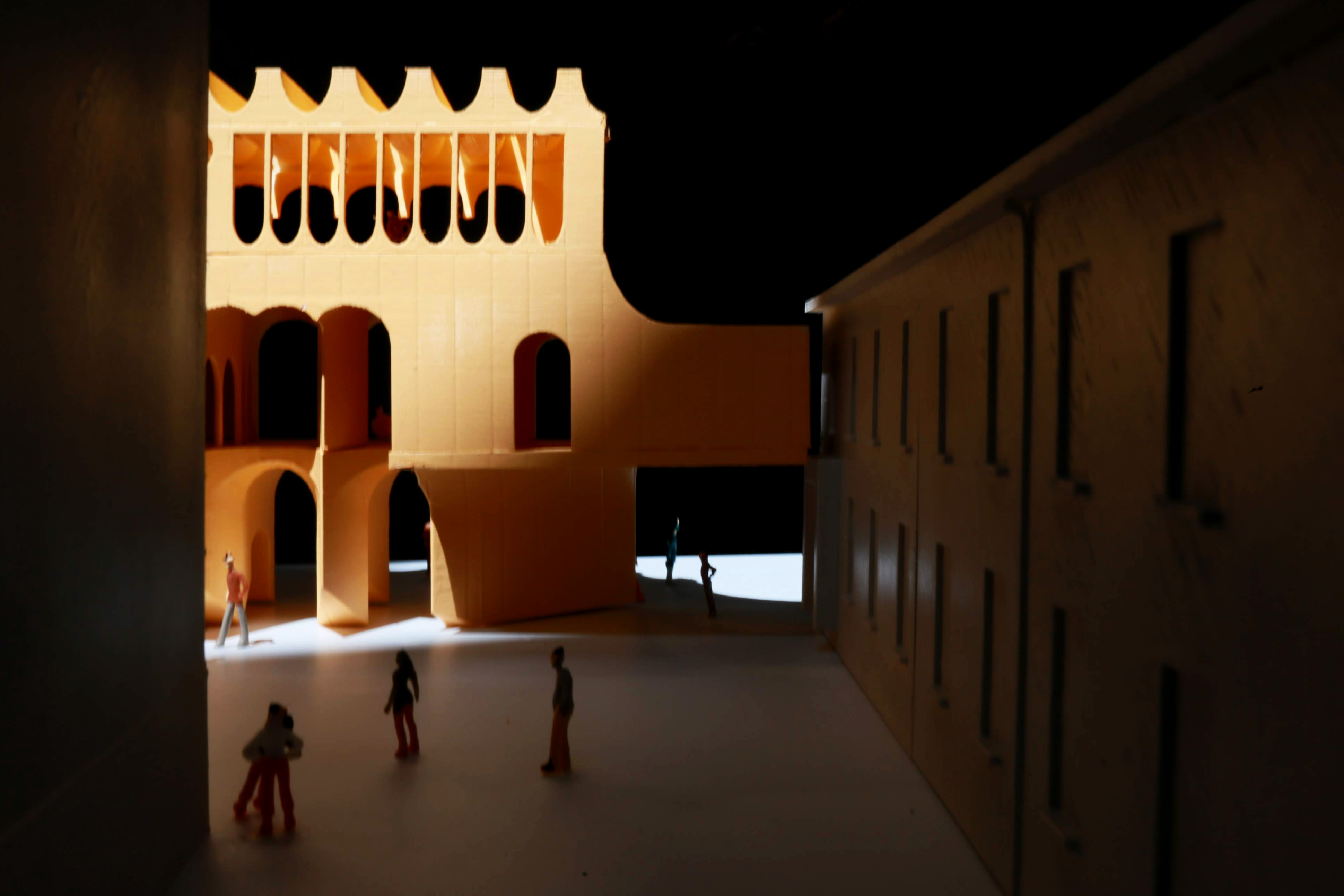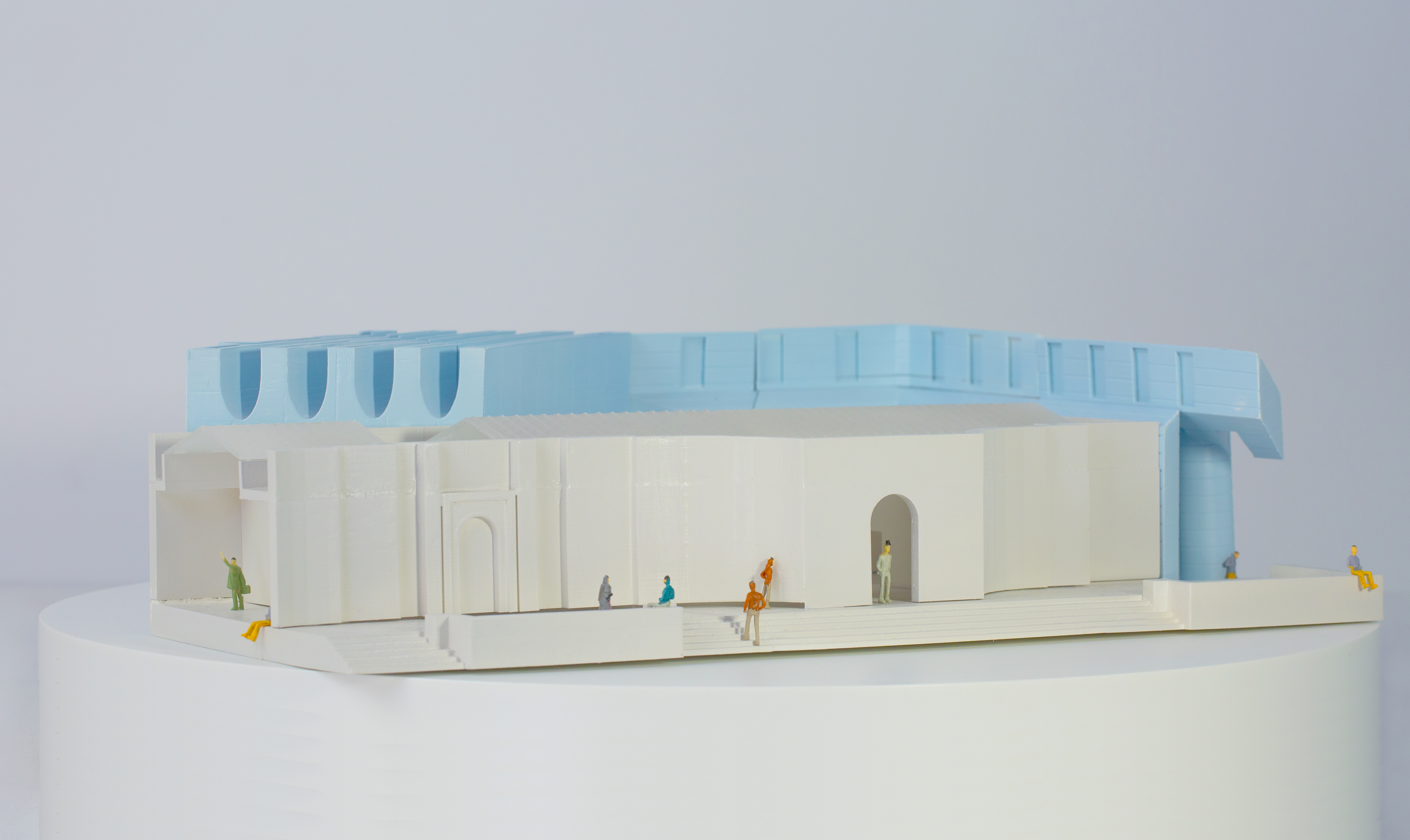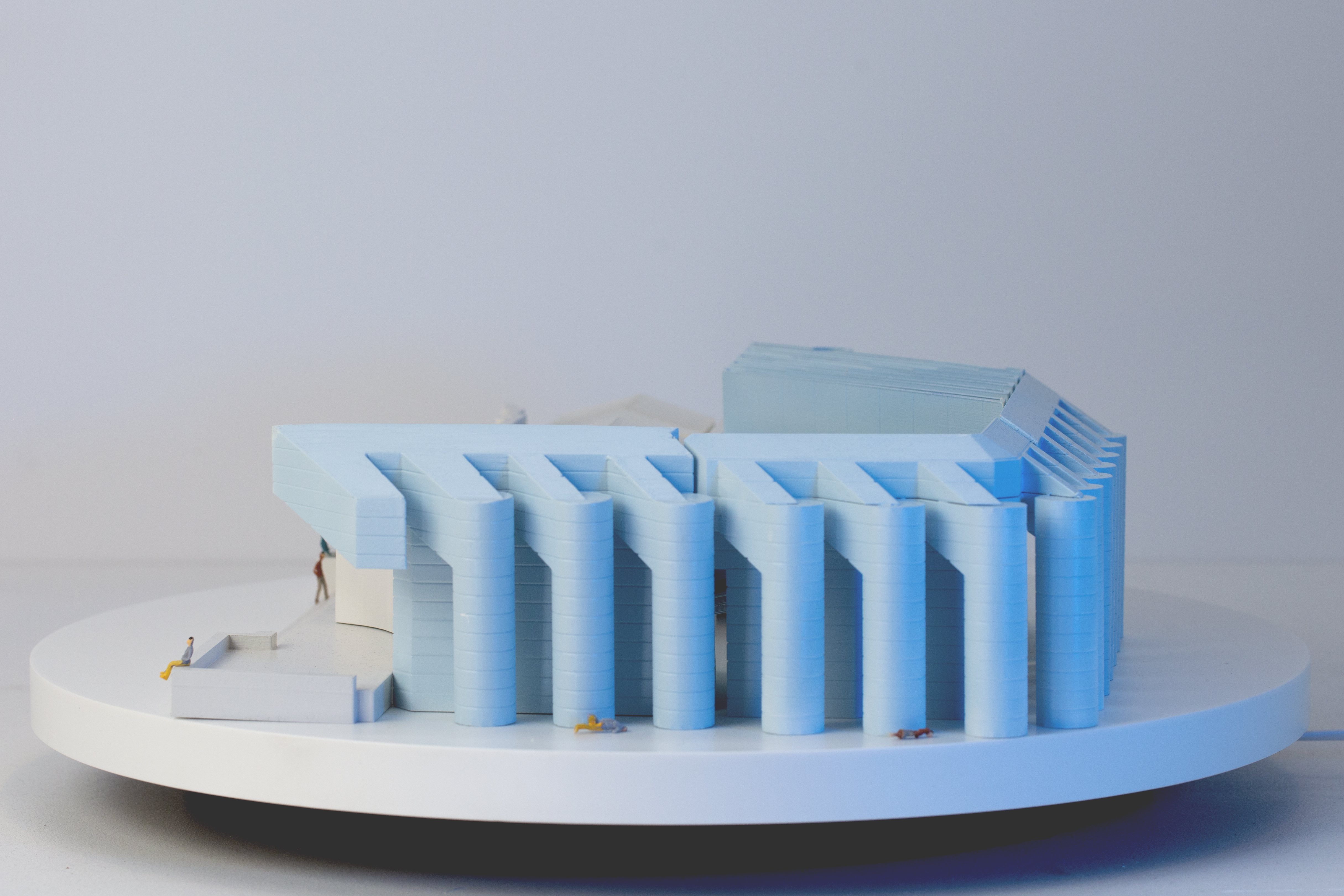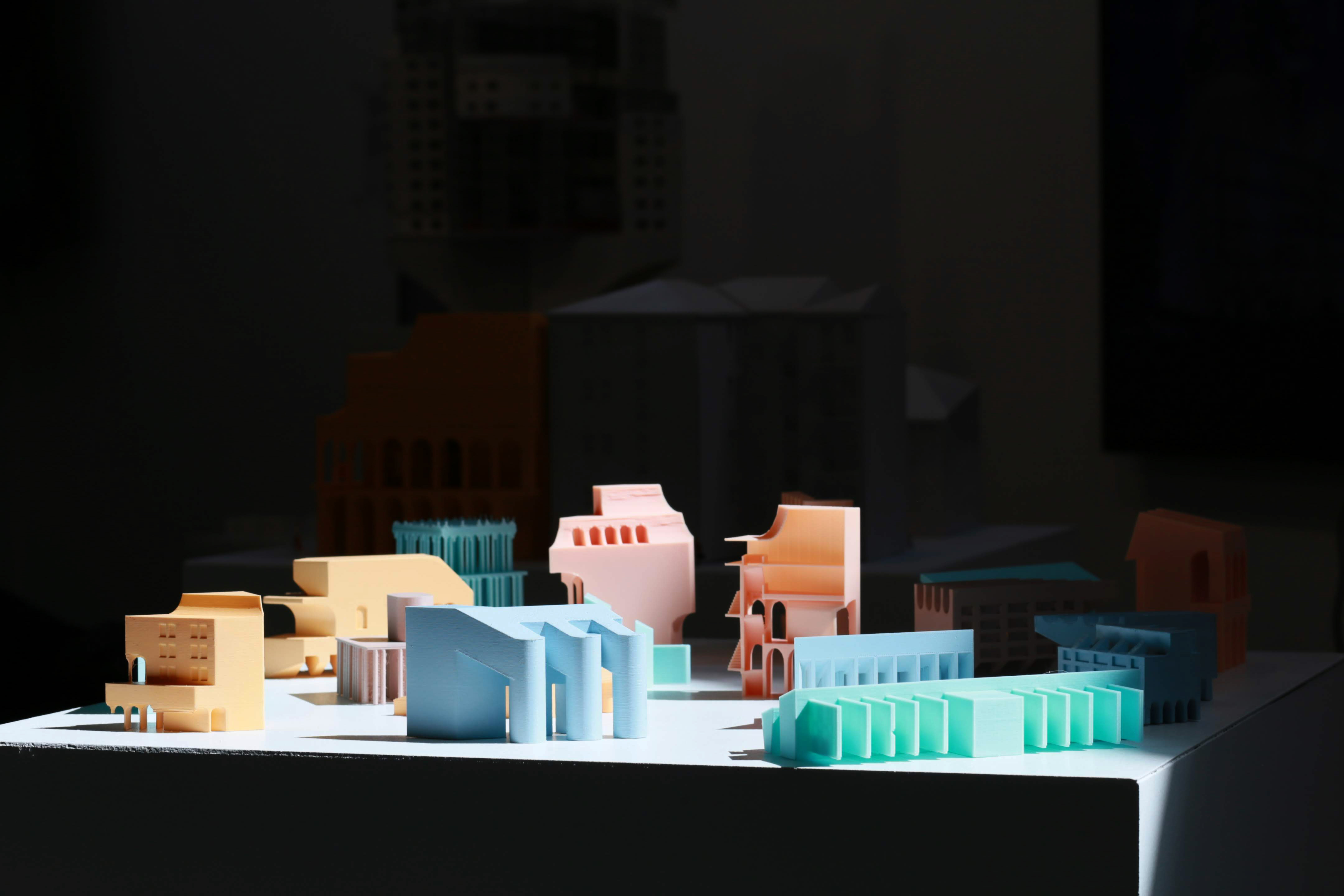Thick Facades.
Graduate Thesis ProjectAdvisor: Peter Testa .
Southern California Institute of Architecture (Sci-Arc)
This thesis investigates the role of the façade and its relevance in the architectural project, instead of understanding the façade as a flat element both in its representation and architectural translation.
Looking at what happens when you thicken or fatten what is normally a thin façade to the point when it starts to have a real impact in the interior, gaining status as a volumetric architectural element, moving from surface to mass.
Taking Venice as a site, the project can be read as the development of “active façades” which relate not only to the larger context but also to themselves. In this way, the project breaks with apparent superficiality associated with the idea of façade – moving from compression and flattening of information to layering and de-compression-
Placing these "active facades" onto different locations to address certain attributes while mingling in particular ways in the Venetian public space. They all develop their kind of architectural language,
Looking at what happens when you thicken or fatten what is normally a thin façade to the point when it starts to have a real impact in the interior, gaining status as a volumetric architectural element, moving from surface to mass.
Taking Venice as a site, the project can be read as the development of “active façades” which relate not only to the larger context but also to themselves. In this way, the project breaks with apparent superficiality associated with the idea of façade – moving from compression and flattening of information to layering and de-compression-
Placing these "active facades" onto different locations to address certain attributes while mingling in particular ways in the Venetian public space. They all develop their kind of architectural language,
Each of these architectural interventions has either adapted to or overcome the building. For example, surrounding a building, a neighborhood, and incorporating with them and while creating new profiles on both the buildings and their public space. We get columnatas, courtyards, piazzas, all in different scales, speaking both to the existing architecture and to themselves. You get a deep interior that still feels public, and exteriors that start to feel intimate. As well as public spaces that feel private.
You get this depth Venetian quality of feeling like you are moving through multiple layers of shadow and sun, interior-exterior spaces, you feel enclosed, but then open to the sky, feeling like you are in someone else s backyard as well as in a public space.
These pavilion-like buildings question the temporality of the site and its cultural relevance. Could they be reshuffled to continuously form new kinds of public spaces on every iteration of La Biennale?
“Architecture is both ancient and modern, each work an amalgamation of elements that have been around for over 5,000 years and others that were invented yesterday (...) ”
— Rem Koolhaas
You get this depth Venetian quality of feeling like you are moving through multiple layers of shadow and sun, interior-exterior spaces, you feel enclosed, but then open to the sky, feeling like you are in someone else s backyard as well as in a public space.
These pavilion-like buildings question the temporality of the site and its cultural relevance. Could they be reshuffled to continuously form new kinds of public spaces on every iteration of La Biennale?
“Architecture is both ancient and modern, each work an amalgamation of elements that have been around for over 5,000 years and others that were invented yesterday (...) ”
— Rem Koolhaas
